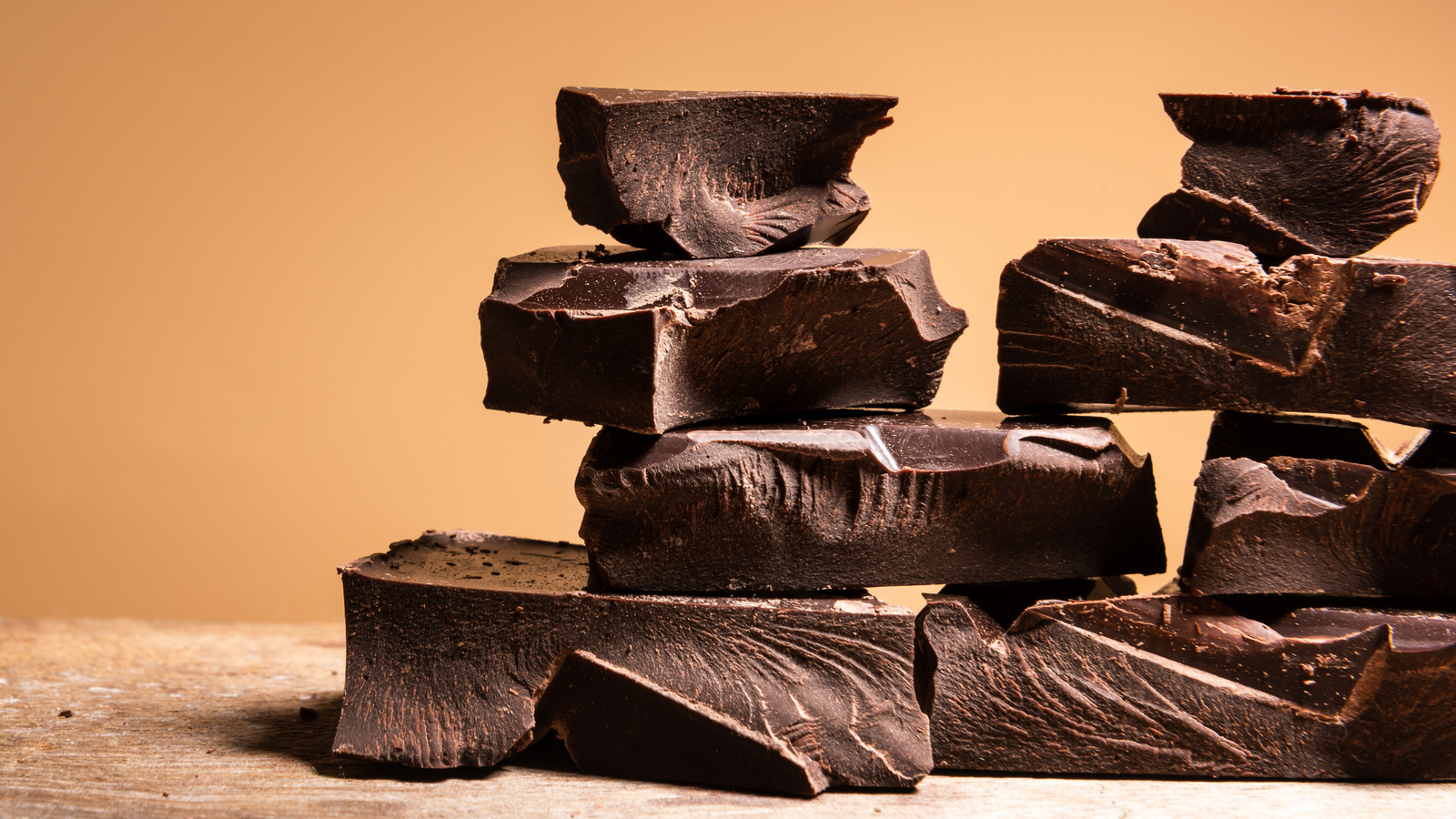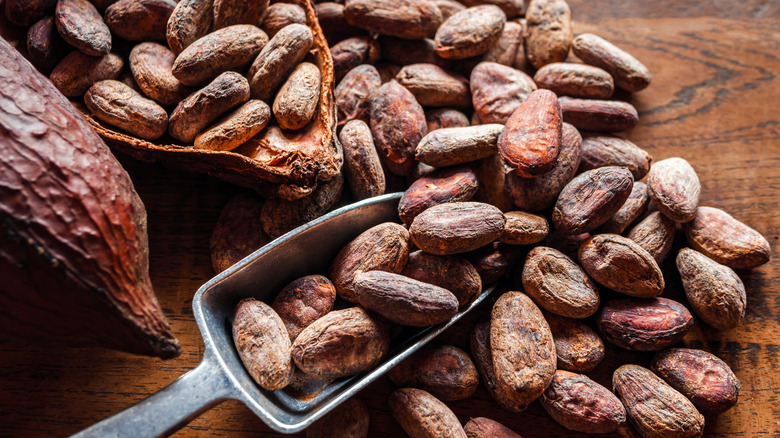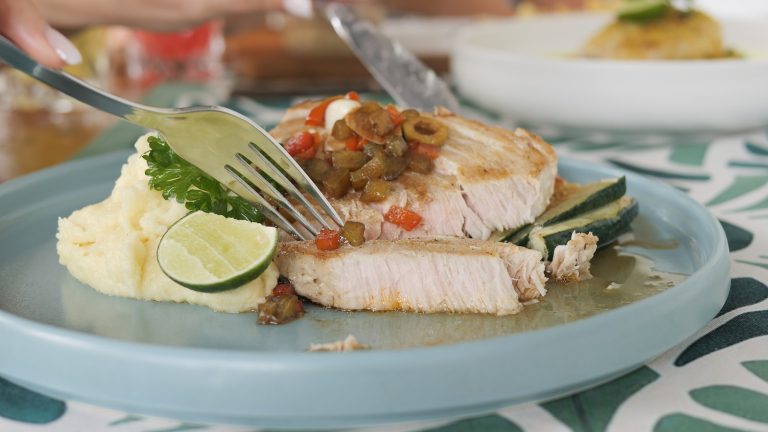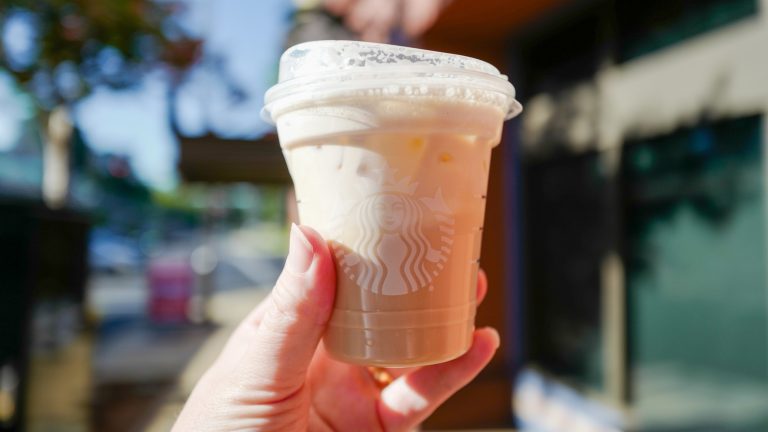Not all chocolate is created equal. There’s the mass produced stuff that gets handed out at Halloween, and nicer bars you can buy in a grocery store. Then there’s specialty chocolate that you can only buy from artisanal brands, much of which is labeled as organic, fair trade, grand cru (a fairly meaningless term), and single source. The price only goes up the more the chocolate has been refined, and perhaps no variety is pricier than those labeled as single origin or single source. This is because the chocolate supply chain is notoriously complex, and it’s especially challenging to find a consistent source of very high quality cocoa beans.
Regardless of which type of chocolate you choose, from the gas station stuff to gourmet truffles, there is a very delicate system of sourcing that goes into every bite. For starters, chocolate is made from cocoa beans, which only grow within 20 degrees of the equator. Most of the mass-produced chocolate in America comes from Africa’s Ivory Coast and Ghana, and to a lesser degree Nigeria and Cameroon, although cocoa can grow in many parts of Central and South America, the Caribbean, and several countries in Asia that are close to the equator. The actual chocolate making process, however, takes place in the United States and Europe (it’s a toss up as to who makes it better), which requires shipping, labor, and other logistics.
Specialized sources are more expensive
It can take suppliers many years to build a network of cocoa bean growers that’s large enough to maintain a steady supply, which is no small task as the majority are small-scale, family-run farms. In the countries that produce the most beans, like Ivory Coast and Ghana, most of the cocoa is sold to big companies like Barry Callebaut and Hershey, which have long-established relationships with growers. This makes it hard to find growers willing to work with small companies to produce single-source chocolate since farmers know that selling to the big guys is a sure thing. That often leaves sourcing to countries with smaller scale cocoa operations, which is another challenge.
Once a chocolate company locates a single-source grower, the beans have to be high quality enough to make premium chocolate. This means that the growing conditions meet certain standards, including using certified organic and sustainable practices, which are more expensive. Most of these growers are also paid a fair wage for their product, which is what the label “fair trade” means, and of course that also increases the cost.
Finally, the percentage of cocoa in chocolate designated as single origin is typically much higher than the average Hershey bar — as much as 80% to 100%, which costs more. So keep all of those things in mind the next time you’re craving chocolate. A premium bar might cost as much as $15, but now that you know why, it’ll be worth it.






